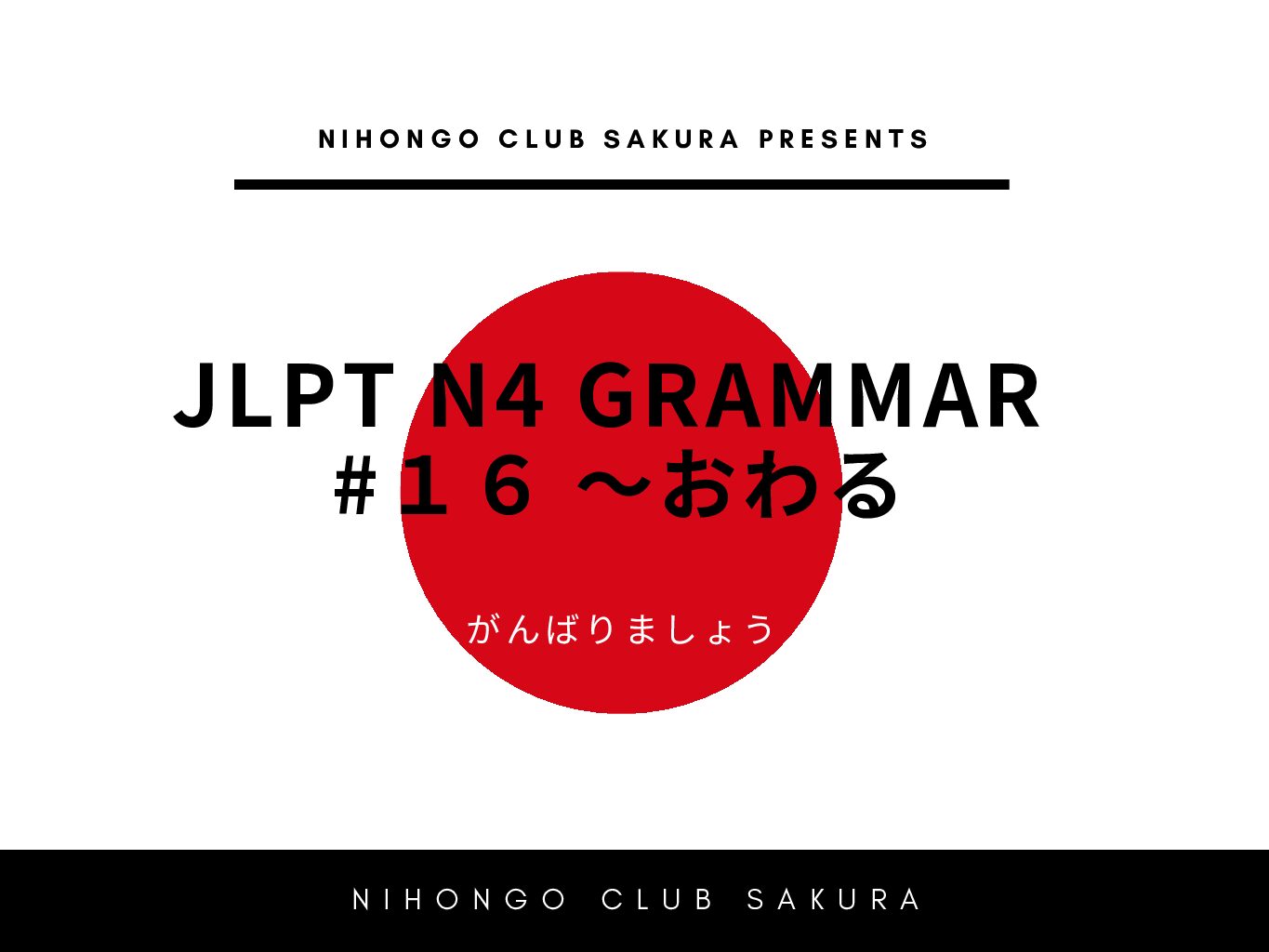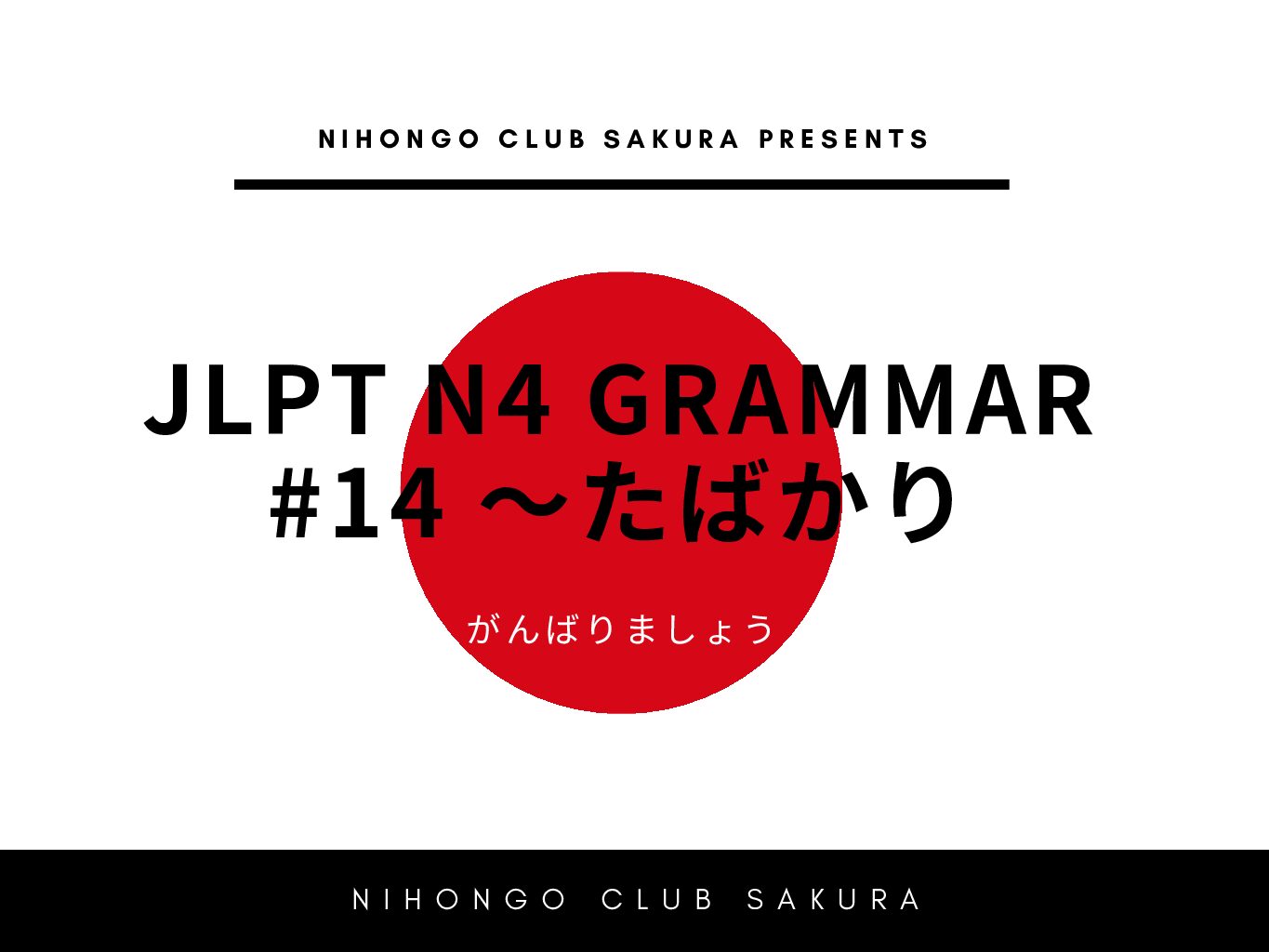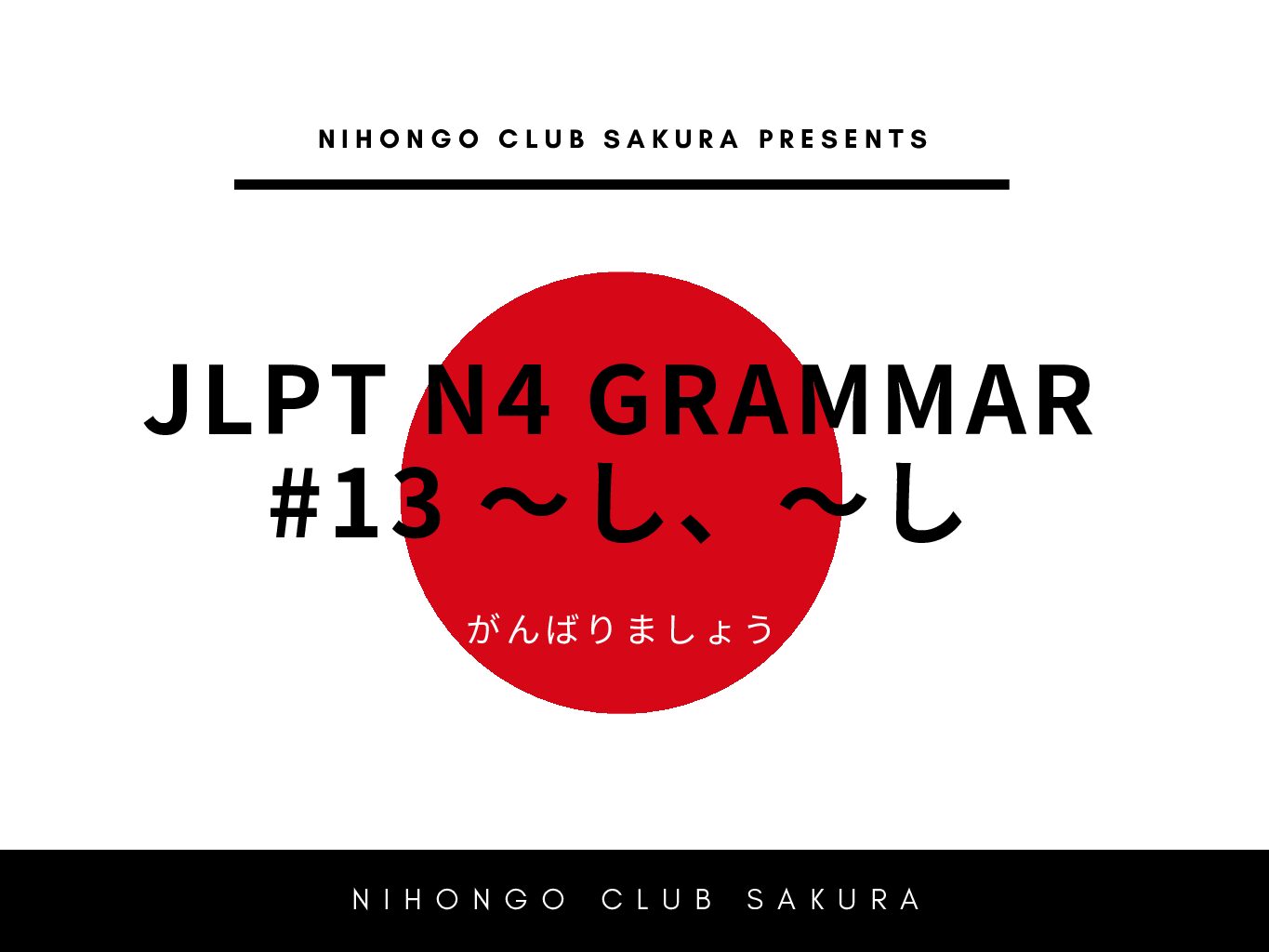 JLPT N4 Grammar Format
JLPT N4 Grammar Format JLPT N4 Grammar #21: 〜そうです② (something is about to happen)
【いみ】
It's used when you want to say "something is about to happen."
【ぶんぽう】
V(ます形)ます + そうです
【れいぶん】
*N4 vo...
 JLPT N4 Grammar Format
JLPT N4 Grammar Format  JLPT N4 Grammar Format
JLPT N4 Grammar Format  JLPT N4 Grammar Format
JLPT N4 Grammar Format  JLPT N4 Grammar Format
JLPT N4 Grammar Format  JLPT N4 Grammar Format
JLPT N4 Grammar Format  JLPT N4 Grammar Format
JLPT N4 Grammar Format  JLPT N4 Grammar Format
JLPT N4 Grammar Format  JLPT N4 Grammar Format
JLPT N4 Grammar Format  JLPT N4 Grammar Format
JLPT N4 Grammar Format  JLPT N4 Grammar Format
JLPT N4 Grammar Format